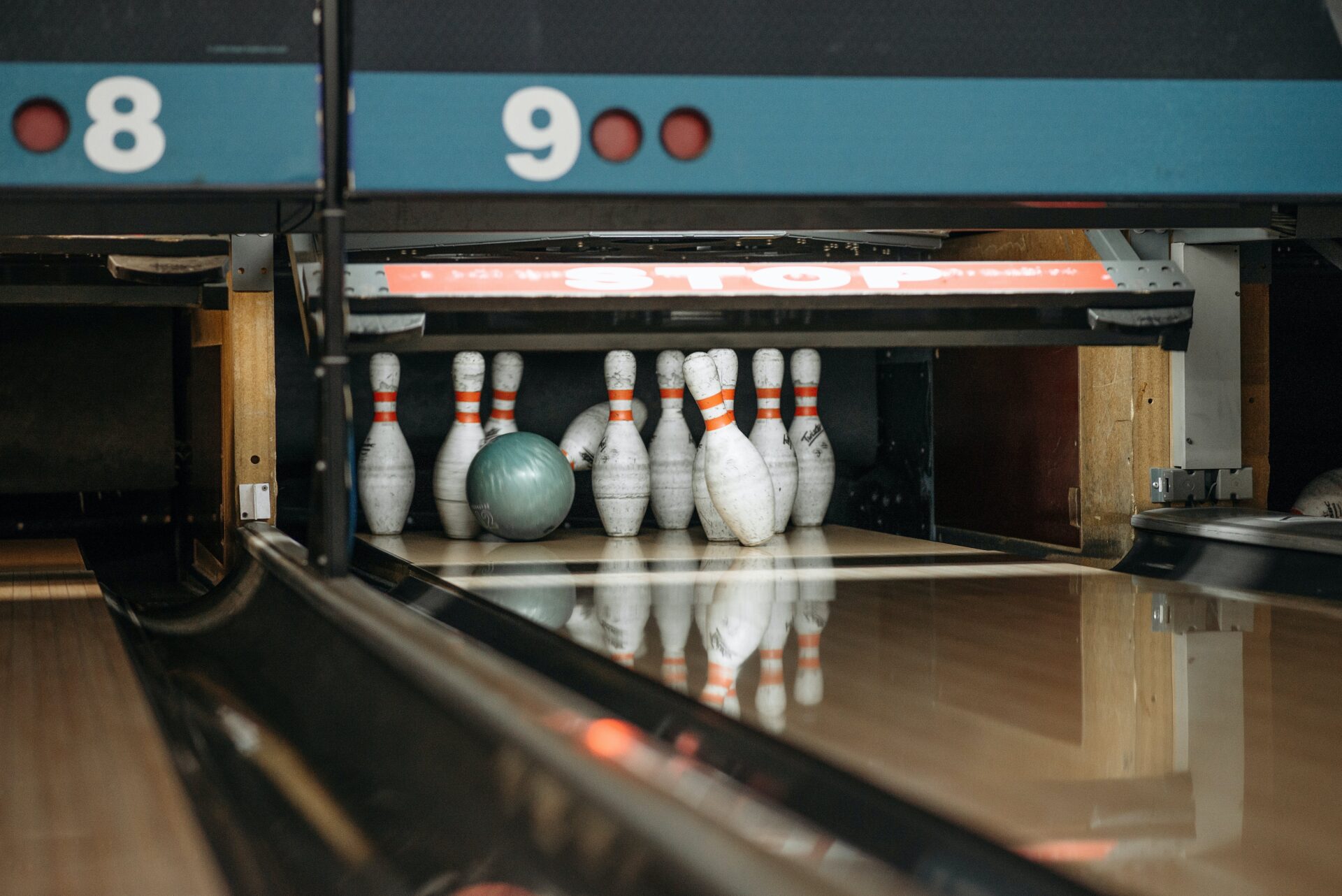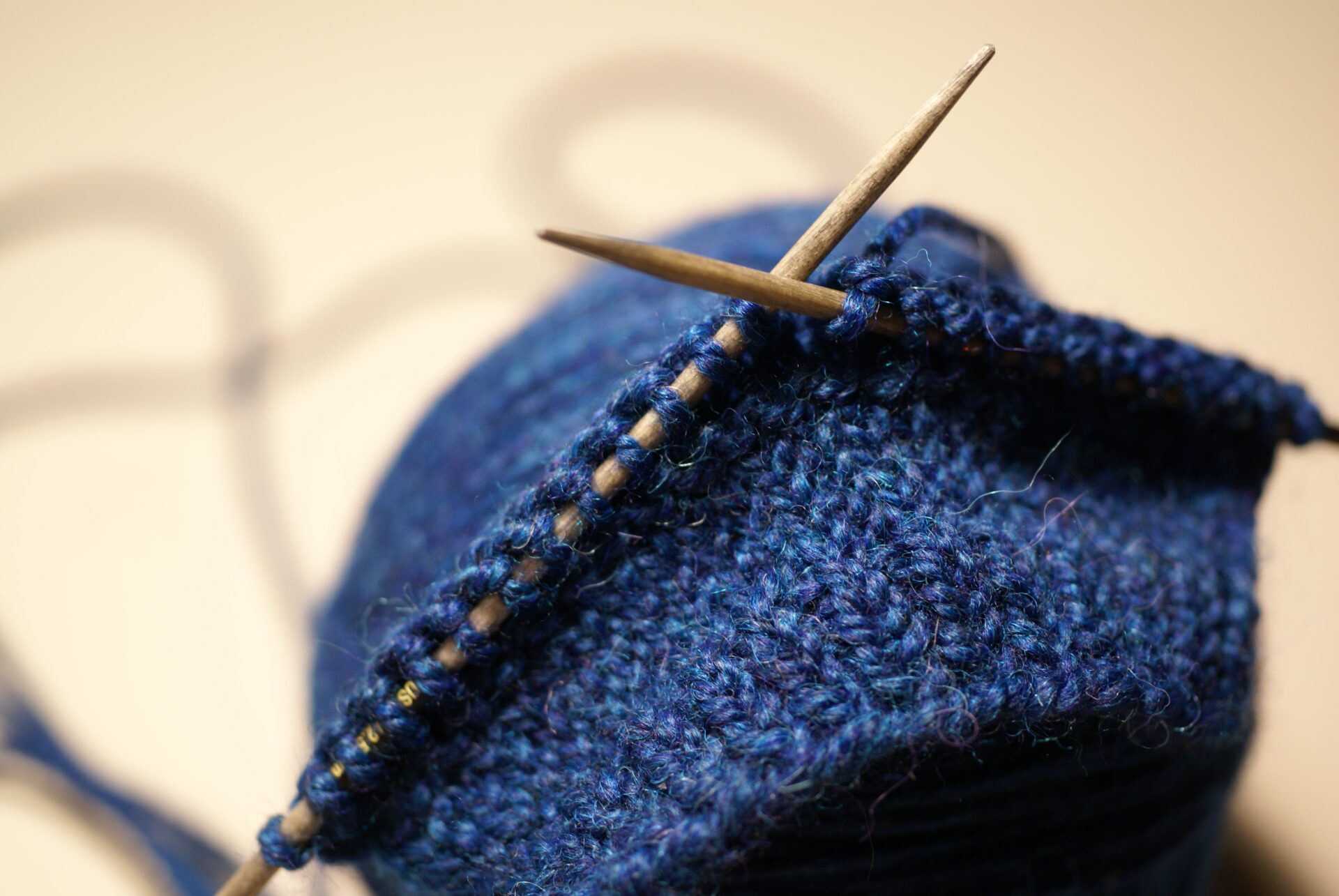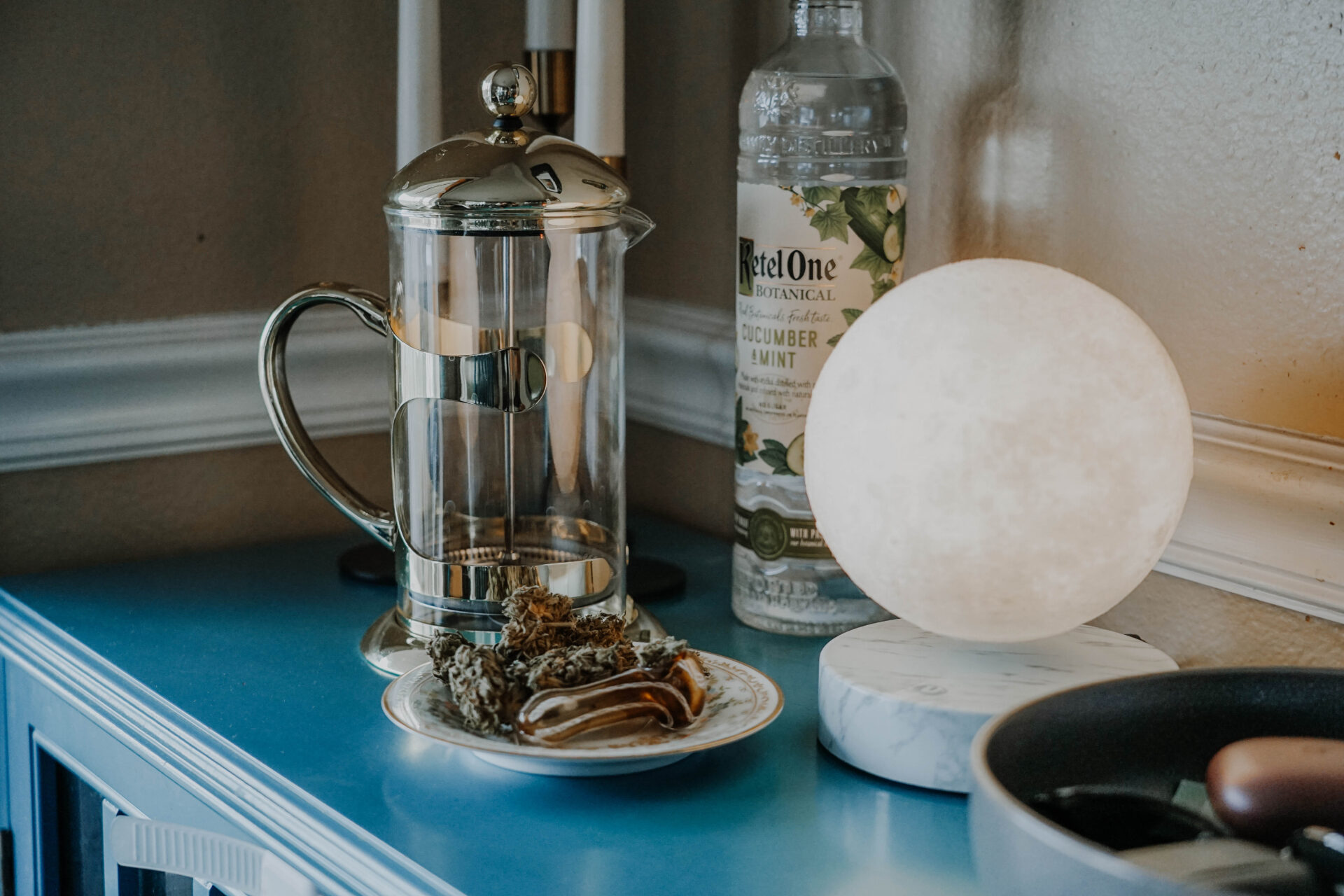Bowling is a popular pastime enjoyed by millions of people. But how long does a bowling ball last? This is an important question for bowlers, as it can determine whether or not they need to make an investment in a new bowling ball. In this article, we’ll discuss the factors that influence the lifespan of a bowling ball and provide tips for extending its life.The lifespan of a bowling ball depends on a variety of factors, such as how often it is used, the surface it is used on, and the type of ball. Generally speaking, a bowling ball can last anywhere from two to four years if it is taken care of properly.
Factors Affecting the Longevity of a Bowling Ball
The longevity of a bowling ball is greatly influenced by a variety of factors. The type of material from which the ball is made, the amount of use, and proper maintenance are all important considerations when determining the life span of a bowling ball.
The type of material used to make a bowling ball plays an important role in how long it will last. Urethane balls tend to last longer than plastic or rubber bowling balls because they are more durable and resist damage better. High-performance urethane balls may even last up to three years if properly cared for.
The amount of use also affects the longevity of a bowling ball. If it is used frequently, it will wear out faster than if it is used only occasionally. Additionally, if the lane conditions are not ideal or if the ball is being used on an older lane, this can also cause wear and tear on the ball that can lead to its premature demise.
Finally, proper maintenance is essential in order to ensure that your bowling ball has a long life span. For instance, after each use, it should be wiped down with a clean towel and stored in a climate-controlled environment away from direct sunlight or extreme temperatures. You should also inspect your bowling ball regularly for any signs of damage such as cracks or chips and replace it as soon as possible if necessary.
In conclusion, there are many factors that affect the longevity of a bowling ball including material type, amount of use, and proper maintenance. By taking into consideration these factors you can ensure that your bowling ball will provide maximum performance for years to come!
The Role of Maintenance in Prolonging a Bowling Ball’s Life
Maintaining a bowling ball correctly can help to increase its lifespan and keep it in great condition for years to come. Proper maintenance includes regularly cleaning the ball, storing it properly, and using the right tools and techniques when playing the game. It’s important to know how to care for your bowling ball so it can last as long as possible.
Cleaning your bowling ball is an important part of maintenance and should be done after every game. This helps remove dirt and oils which can accumulate on the surface of the ball. A mild soap or detergent should be used with a soft cloth or sponge, being careful not to use any abrasive materials that may damage the surface of the ball. After cleaning, you should dry off the ball before putting it away in a safe place.
Storing your bowling ball correctly is also essential for its longevity. It should always be stored vertically with no pressure placed on it from other objects or surfaces. If possible, store it in a temperature-controlled environment that is away from direct sunlight or moisture, as this can damage the surface of the ball over time.
Finally, using the right tools and techniques when playing is key to keeping your bowling ball in top shape. Always use gloves or hand towels when handling your bowling ball and avoid dropping it on hard surfaces as this can cause dents or cracks in the surface of the material over time. Also make sure you use an appropriate amount of release pressure when throwing it down the lane so you don’t put too much strain on it each time you play.
By taking good care of your bowling ball through proper maintenance, you can help to extend its life significantly and ensure that you get maximum enjoyment out of each game you play. Taking just a few extra steps to maintain your equipment will make all the difference in how long it lasts!
Proper Cleaning and Storage of a Bowling Ball
It is important to properly clean and store a bowling ball in order to keep it in good condition for longer. When cleaning a bowling ball, make sure to use a gentle cleaning solution specifically designed for bowling balls. It is best to use a soft cloth or sponge when wiping down the surface of the ball. Avoid using anything abrasive as this can damage the surface and cause it to crack or chip. After cleaning, make sure to thoroughly rinse the ball with warm water.
When storing a bowling ball, make sure to place it in an area that is away from direct sunlight and other sources of heat or moisture. It is also important to store the ball in an area that has adequate air circulation so that it does not become too hot or humid. Additionally, if possible, storing your bowling ball in its original box can help protect it from any potential damage during storage.
Finally, when not in use, make sure to keep your bowling ball out of reach of children and pets as they may accidentally damage the surface of the ball by scratching or dropping it on the ground. By properly cleaning and storing your bowling ball according to these guidelines you can help ensure that your equipment stays in great condition for many years to come!
Shelf Life of a Bowling Ball
The shelf life of a bowling ball is determined by the materials used in its construction. The most common material for bowling balls is polyester or urethane, which can last up to 10 years or more if properly cared for. To extend the life of your bowling ball, it is important to clean and store it properly. After each use, it should be wiped down with a damp cloth and stored in a cool, dry place away from direct sunlight. Additionally, you should never leave your ball in a hot car or leave it out in the sun as this can cause the material to degrade over time. It is also important to regularly check for signs of wear and tear and replace your ball if necessary.
If you take good care of your bowling ball, you can expect it to last for many years. However, if you neglect it or do not store it correctly, its shelf life may be dramatically reduced. Additionally, some manufacturers offer warranties on their products that provide additional protection against wear and tear. Be sure to read the manufacturer’s warranty information carefully before purchasing a new ball so that you understand what is covered in case of any damage or defects.
Overall, the shelf life of a bowling ball depends largely on how well you maintain and store it. Taking good care of your equipment will help ensure that your bowling ball will last for many years to come.
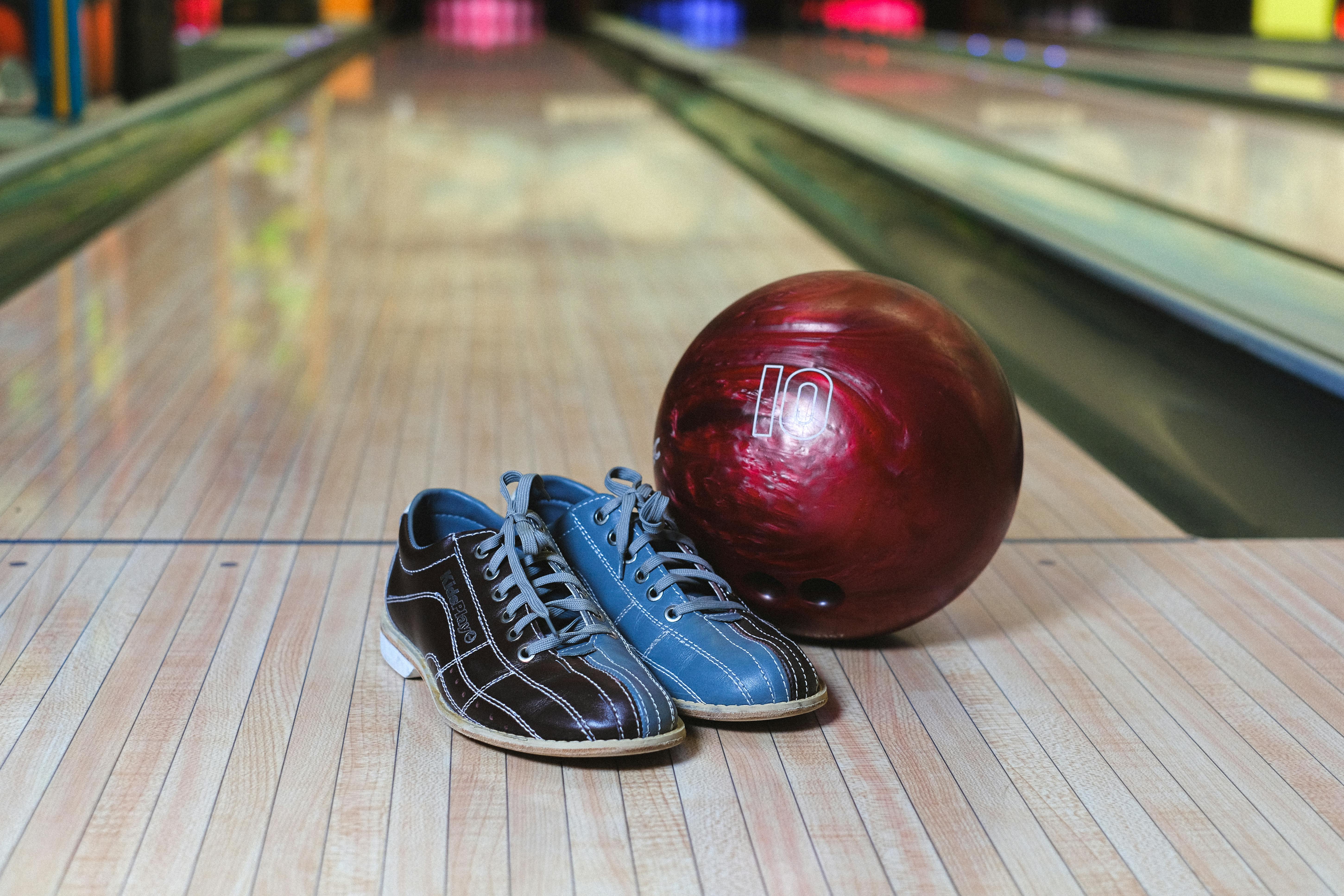
Understanding the Different Types of Bowling Balls and Their Durability
Bowling is a popular recreational sport that has been around for centuries. It’s a great way to have fun with your friends and family while also honing your athletic skills. Whether you’re an experienced bowler or just starting out, it’s important to understand the different types of bowling balls and their durability. Bowling balls come in a variety of materials, sizes, and weights, all of which can affect their performance on the lanes.
Polyester is one of the most common materials used for bowling balls. It’s durable enough to handle regular use on the lanes and is typically cheaper than other materials. Some polyester bowling balls also feature a reactive coverstock which helps increase hook potential on the back end of the lane. As far as durability goes, polyester bowling balls are relatively resilient and should last several years with proper care and maintenance.
Urethane bowling balls are another popular option for bowlers who want more control over their shots. Urethane is slightly softer than polyester, so it provides more traction with less effort from the bowler. Urethane also offers more hook potential due to its increased friction when it comes into contact with the lane surface. Urethane bowling balls are more expensive than polyester ones but they tend to be more durable as well.
Reactive resin is another popular material used in modern bowling balls. Reactive resin offers excellent hook potential due to its increased grip on the lane surface. This type of ball usually has an aggressive coverstock which helps create a sharper reaction when it comes into contact with oiled lanes. Reactive resin bowling balls are typically more expensive than urethane or polyester ones but offer superior performance and durability in exchange for their higher price tag.
Finally, there are plastic bowling balls which are designed primarily for beginners or casual bowlers who don’t need as much performance from their ball as experienced players do. Plastic bowling balls usually have low hook potential but they’re much cheaper than other types of bowls and can still provide a good level of enjoyment when used correctly on lighter oiled lanes. Plastic bowling balls tend to be less durable than other types but will still last several years if taken care of properly.
In conclusion, there are many different types of bowling balls available today each offering its own unique advantages and disadvantages in terms of performance and durability. It’s important to know what you’re looking for before making your purchase so that you get the most out of your money spent on a new ball!
Identifying Quality Materials for Maximizing Durability in a Bowling Ball
Finding the right materials for your bowling ball is essential for optimizing performance and maximizing durability. Bowling balls come in a variety of materials, each with its own unique characteristics and advantages. To get the most out of your bowling ball, it’s important to understand the different materials available and how they can affect your game.
Urethane is one of the most popular materials used in bowling balls today. It offers excellent durability and control, making it a great choice for avid bowlers. Urethane provides a softer feel on the lane which helps reduce hooking and skidding. It also has great grip, allowing you to make accurate shots with precision.
Polyester is another type of material commonly used in bowling balls. It’s a bit harder than urethane but still offers good control and durability. Polyester also has excellent grip, meaning you can make tight turns without slipping or sliding on the lane. This makes it ideal for bowlers who want more power behind their shots without sacrificing accuracy.
Reactive resin is another material that has become increasingly popular in recent years. It provides great traction on the lane and allows you to make tight turns without sacrificing accuracy or power. Reactive resin also offers excellent durability, helping your ball last longer against wear-and-tear from frequent use.
Finally, there are specialty materials such as particle resin which offer high levels of control and grip while also providing durability and consistency. Particle resin is perfect for experienced bowlers who want to maximize their scores by getting the most out of every shot.
By understanding the different types of materials available, you can make an informed decision about which one best suits your needs and style of play when choosing a bowling ball. With so many options available, it’s important to consider all factors when selecting a ball so you can get maximum performance out of each shot while also ensuring maximum longevity from your equipment.
How to Tell When it’s Time to Replace Your Bowling Ball
For serious bowlers, having the right ball is essential for a good game. Knowing when to replace your bowling ball is important for your performance and can also save you money in the long run. There are a few key signs that will tell you when it’s time to say goodbye to your old ball and invest in a new one.
One of the biggest indicators that it’s time for a new bowling ball is when your current one starts to lose its hook. If the ball doesn’t have as much traction on the lane as it used to, or if you’re not getting the same spin out of it, then it might be time for an upgrade. It’s also important to inspect the coverstock of your current ball from time to time. If you notice any cracks, chips, or other signs of wear and tear, then this could mean that your ball’s performance has been compromised and needs replacing.
It’s also important to consider how often you use your current bowling ball. After a certain amount of use, the core of the ball may become compromised and affect its performance on the lane. Depending on how often you bowl, this could mean replacing your ball every few months or even every year. High-performance balls tend to last longer than entry-level balls, so if you’re an avid bowler consider investing in one if you want more longevity out of your equipment.
Another factor that can determine whether or not it’s time to replace your bowling ball is how well you score with it. If you find yourself constantly missing strikes or spares that should be easy for you with your current equipment, then this could be a sign that something isn’t right with your bowling ball and need replacing soon.
Knowing when to replace your bowling ball isn’t always easy but paying attention to these key signs can help make sure you’re using quality equipment every time you go down the lane – which will ultimately improve both your accuracy and score!
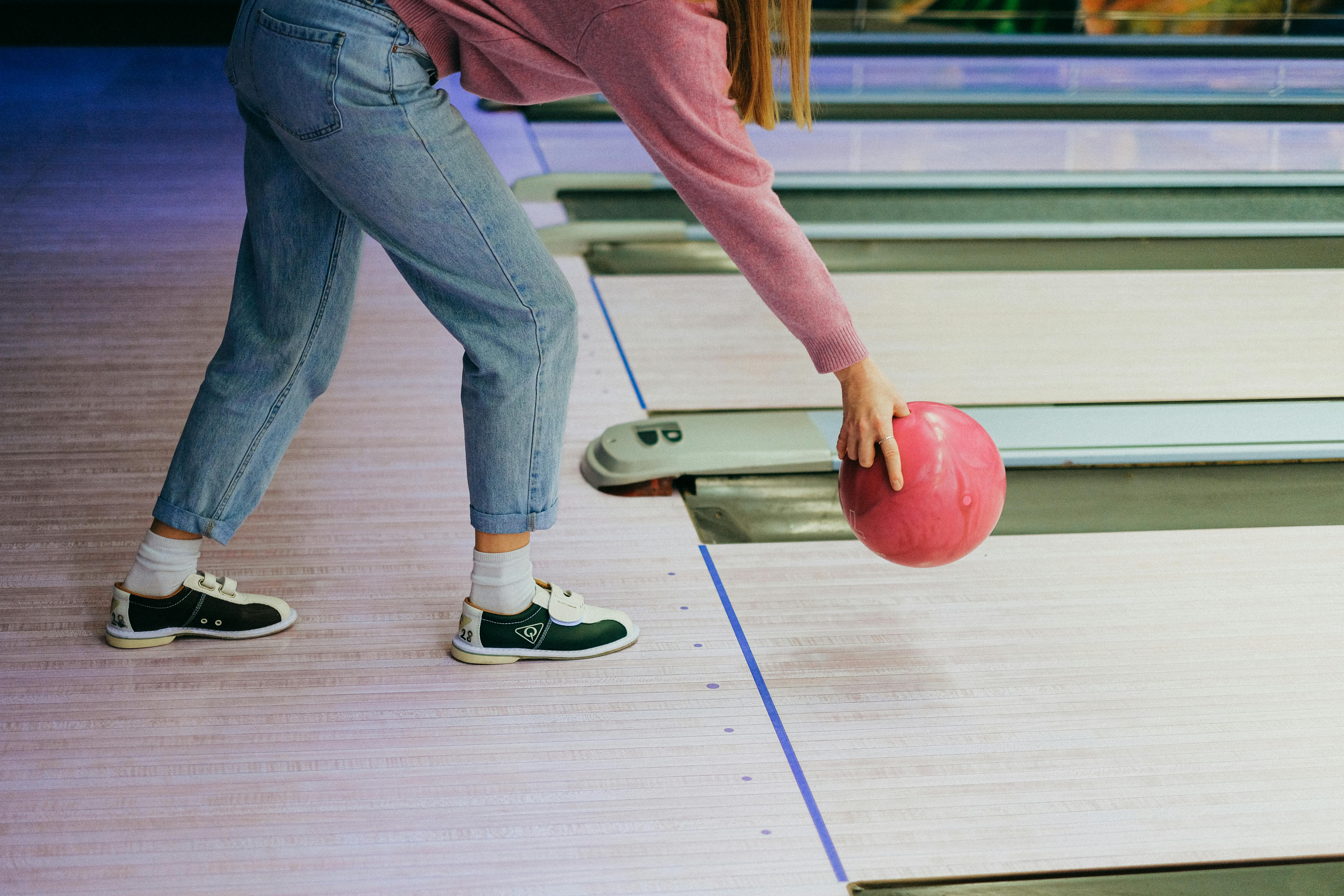
Conclusion
A bowling ball should last for an average of 5-7 years with proper care and maintenance. Having a good quality coverstock, drilling, and polishing are essential to extending the life of a bowling ball. A bowling ball should also be stored in a cool, dry place away from direct sunlight. Regularly cleaning the ball with mild soap and water can help keep it looking good and increase its longevity. As long as the ball is taken care of properly, it will provide years of fun and enjoyment on the lanes.
Bowling balls are made from various materials such as urethane, reactive resin, plastic, and solid rubber. It is important to select a ball based on your skill level and ability to generate spin or hook potential. The type of material used to construct the ball also plays an important role in its durability.
Overall, with proper care and maintenance, a bowling ball can last up to 7 years or more. It is important to choose the right type of material for your skill level as well as store the ball in a cool dry place away from direct sunlight. Regularly cleaning it with mild soap and water will help extend its life even further. With these tips in mind, you can enjoy many hours of fun on the lanes!

